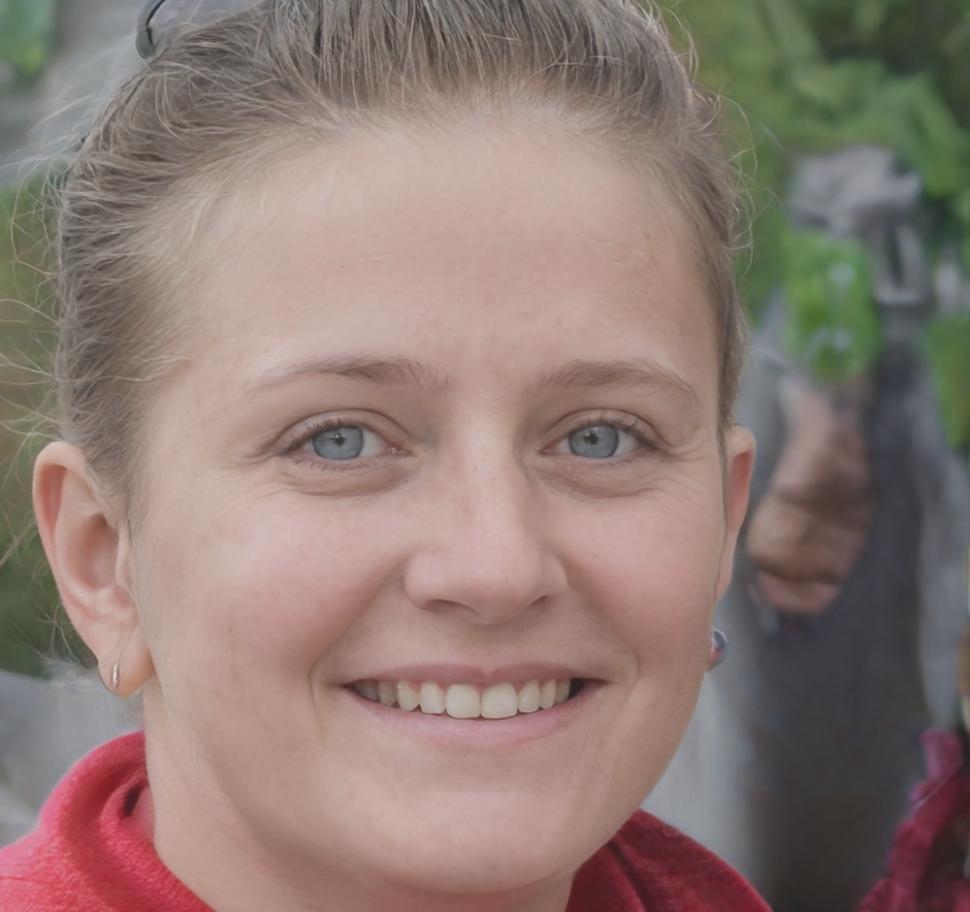
Your Instructor
Romy Thistlewood
After working for eight years as a financial analyst in Sydney and Melbourne, I noticed something. Most people entering the field had solid theoretical knowledge but struggled when handed actual modeling tasks. They'd freeze up when asked to build a three-statement model or value a business division.
That disconnect pushed me to design this program differently. Every exercise comes from situations I encountered in real projects. You'll wrestle with the same messy data, incomplete information, and tight deadlines that characterize actual financial work.
- Previously Senior Analyst at Macquarie Group
- Built valuation models for infrastructure projects across Asia-Pacific
- Developed financial planning systems for mid-market companies
- Mentored 47 analysts in financial modeling techniques since 2019
How We Approach Teaching
Most training programs frontload theory then tack on practice at the end. We flipped that. You start building from week one, and we introduce concepts exactly when you need them.
Build First, Theory Second
Each module starts with a modeling challenge. You'll attempt it with what you know, then we discuss techniques and formulas that make your solution more efficient. This way, you understand why each method matters.
Weekly Model Reviews
Every Friday, we review models together. You'll see what others built, discuss different approaches, and spot errors before they become habits. These sessions often reveal better solutions than what I initially planned to teach.
Progressive Complexity
We start with straightforward revenue models and gradually add complexity. By month six, you're handling multi-currency consolidations and scenario planning. The progression feels natural because each step builds on work you've already completed.
What Students Typically Accomplish
Results depend heavily on how much time you invest, but students who complete the program usually develop these specific capabilities within the first eight months.
- Build three-statement financial models that connect income statements, balance sheets, and cash flow statements accurately
- Create DCF valuation models with proper discount rate calculations and sensitivity analysis
- Design dashboard reporting systems that executives can actually use for decision-making
- Troubleshoot circular references and formula errors without spending hours hunting through spreadsheets
- Present financial projections confidently, explaining assumptions and defending methodologies
Your pace might differ. Some students finish faster, others need extra time on specific topics. We adjust the schedule based on what makes sense for your learning rhythm.

Program Structure Starting September 2025
The next cohort begins September 15, 2025. Classes run Tuesday and Thursday evenings, with optional Saturday workshops for deeper dives into complex models.
Foundation Models (Months 1-3)
We start with P&L forecasting and basic financial statements. You'll build models for hypothetical retail and service businesses, learning how different industries require different approaches. Most students find this phase challenging but manageable.
Integration & Valuation (Months 4-7)
Here's where things get interesting. You'll connect your financial statements into integrated models and start valuing businesses using DCF and comparable company analysis. We work with real company data during this phase, which makes the exercises feel considerably more relevant.
Advanced Applications (Months 8-10)
You'll tackle merger models, leveraged buyout scenarios, and project finance structures. These modules demand more time outside of class. Many students spend 8-12 hours weekly on coursework during this phase, so plan accordingly.
Capstone Project (Months 11-12)
Your final project involves building a comprehensive financial model for a real Australian company. You'll present your analysis to former students who now work in financial roles. This presentation often becomes a portfolio piece that helps during job searches.
